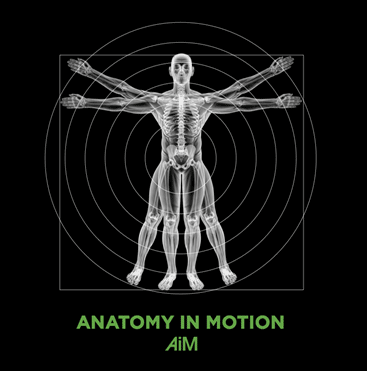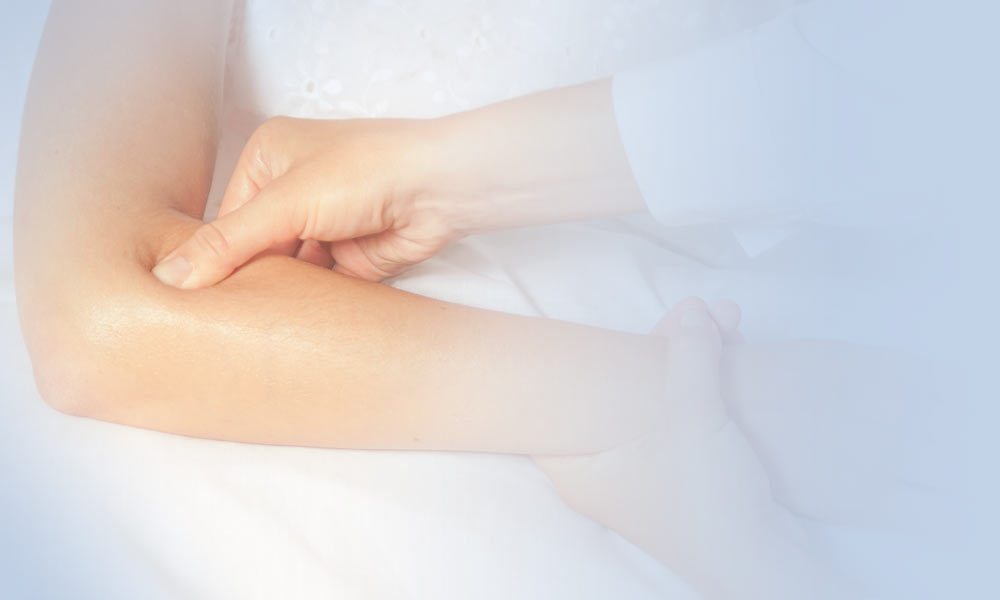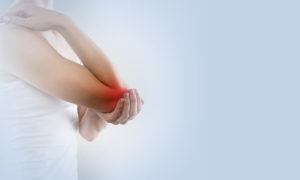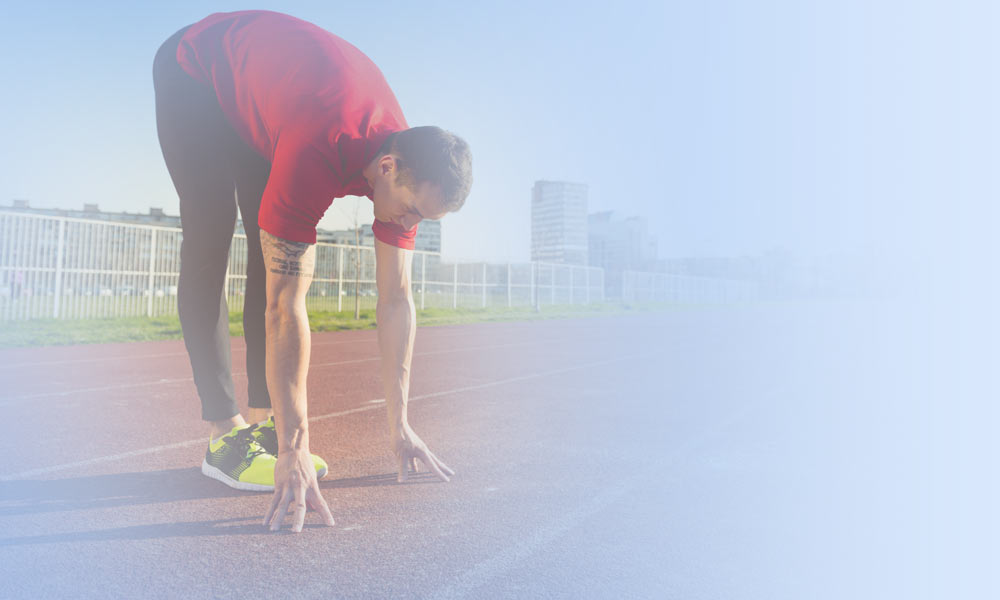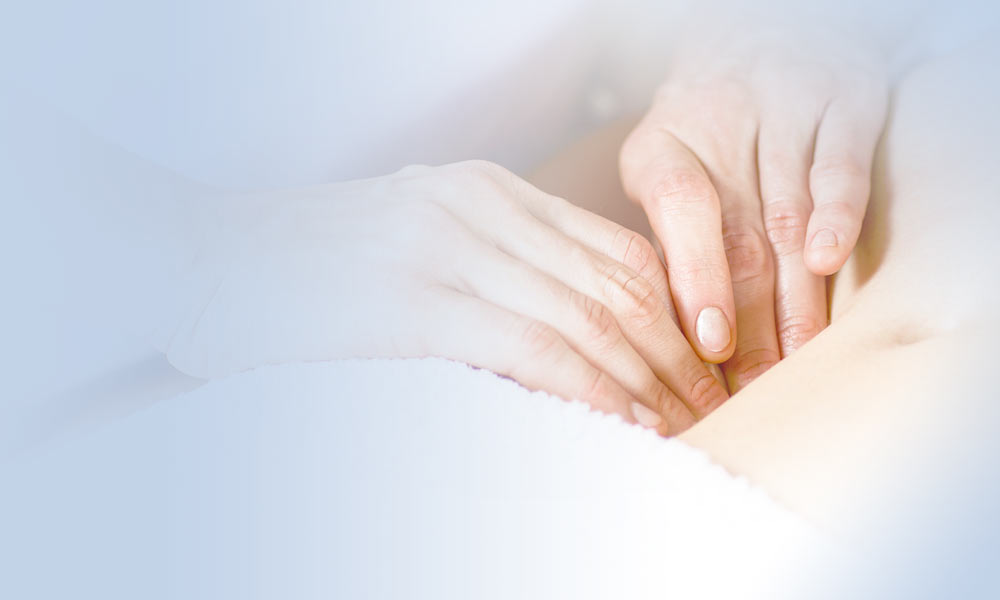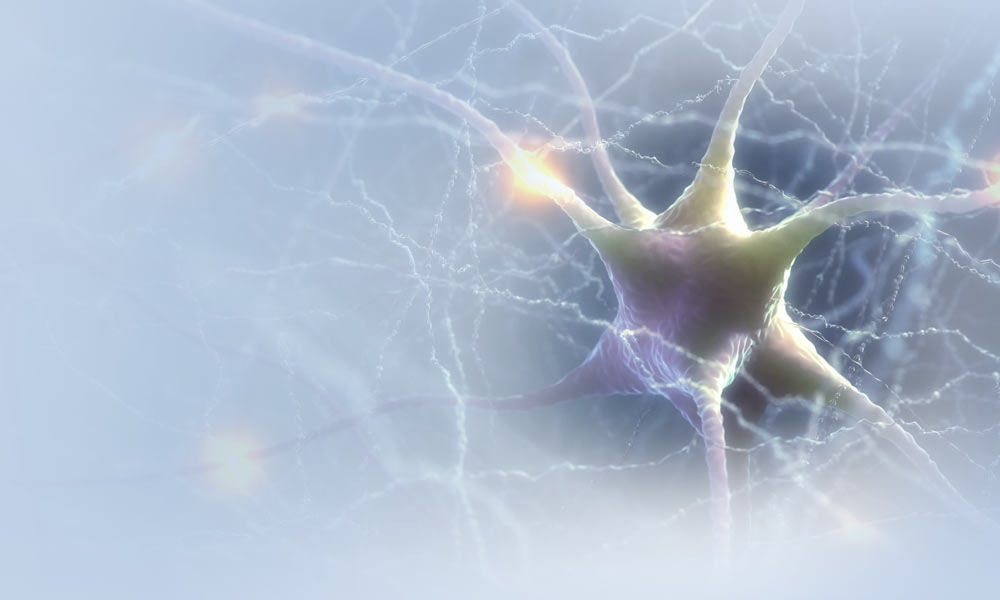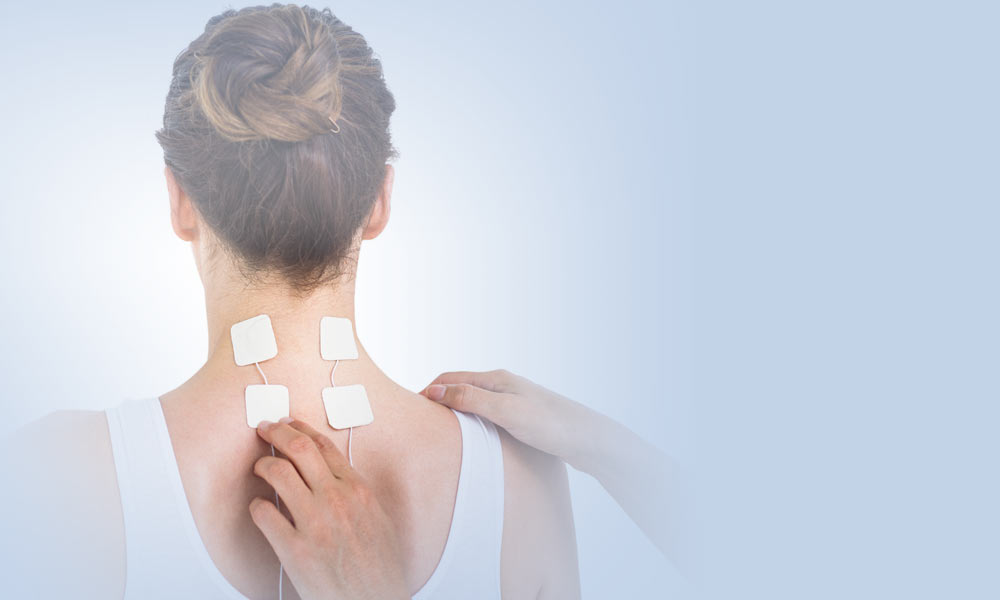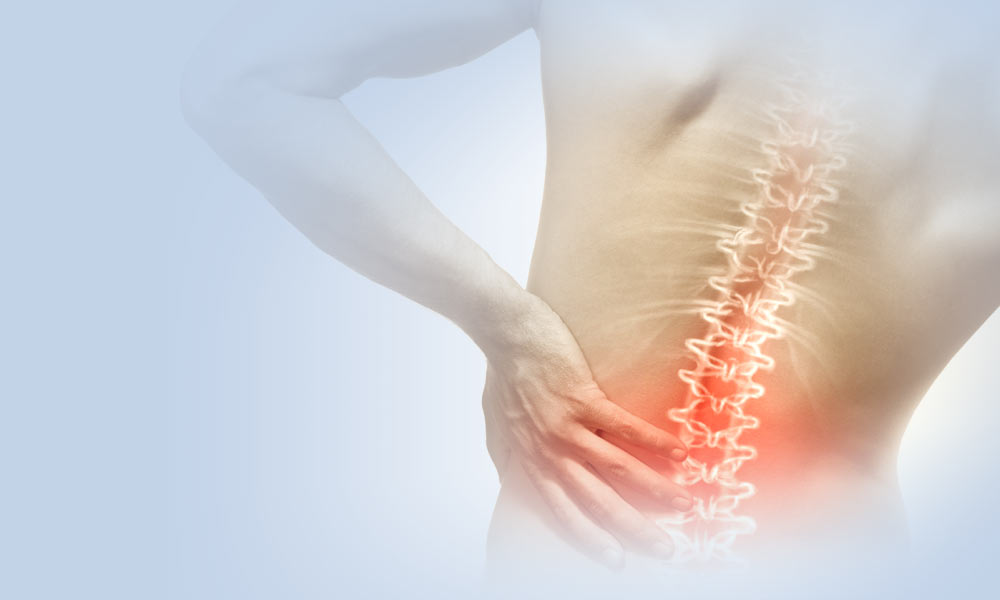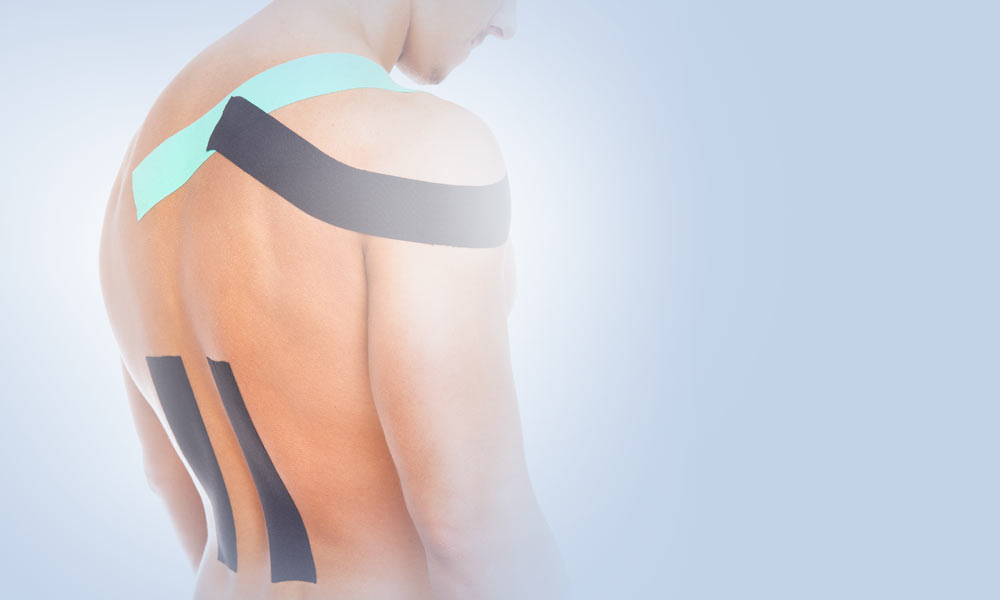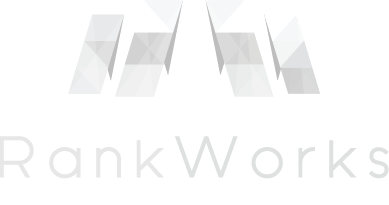Anatomy in Motion (AiM) Gait Therapy is a cutting-edge method of assessing / correcting postural problems, relieving pain, reducing the likelihood of future injury and improving physical performance. The premise of AiM is to encourage the body to move in ways that it has “forgotten” due to adaptation/compensation. By systematically encouraging each joint of the body to move properly again, we can teach the body to reintegrate those “missing movements” back into the gait cycle.
The first session will always involve an initial assessment of the body’s posture and gait analysis. The first things we tackle are each individual’s movement inefficiencies and limitations – and yes, every body has them.
Although we generally start gently, patients often feel that they’ve woken up some unused muscles, even in the first session. Most bodies are not functioning correctly and therefore certain muscles are rarely used and others become tight and overworked, just through daily living and moving inefficiently. When some muscles have been in a chronically shortened position, the act of actually allowing them to lengthen and contract in a fuller range helps them to loosen and fire more efficiently. Frequently, there are also certain joints that don’t move enough causing other joints to overwork in order to compensate. These problems are all addressed in the AiM treatment process.
There is sometimes a case of ‘peeling off layers of an onion’ to find and rectify the root cause of a problem. Sometimes it’s very obvious what the root cause is and the body is ready to take on the new information immediately. When this is the case, an issue can be resolved in a few sessions and can frequently remain resolved indefinitely. Occasionally an issue, particularly an old one, can take more ‘unravelling’ to get to the bottom of. Some issues can be brought on by outside influences which, unless discovered and resolved, can mean that the issue will keep returning (eg: improper shoe choice, a heavy handbag or case, the set-up of a computer, desk and chair, a sport or hobby, etc).
These one-to-one sessions are suitable for any level of ability or activity – from those who are in pain or can barely get up and down the stairs, to those who want to compete athletically. The AiM method is highly adaptable and can be very gentle (yet firm). It is always highly respectful of the individual body’s capabilities. The therapeutic movements chosen are specific to the patient and their problem(s). Particularly in the case of pain, the patient will soon understand that the pain is rarely where the problem is. Keeping with our office philosophy, AiM allows us to identify and treat the actual cause of each patient’s condition rather than being fooled by looking at where it hurts.

